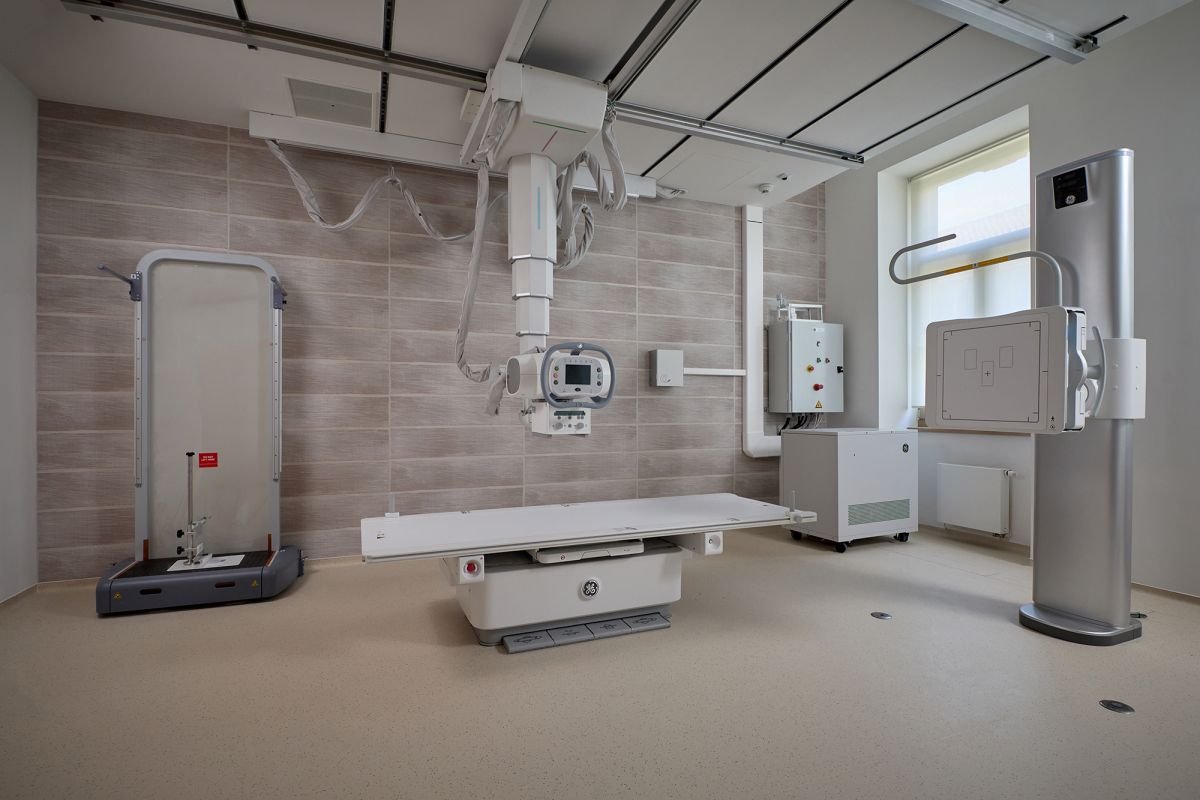Since Wilhelm Conrad Röntgen discovered the effects of X-rays in 1895, X-ray imaging has been the most widely used diagnostic tool. While advances in science have introduced ultrasound, CT, and MRI as alternatives in certain areas, X-rays remain the fastest and simplest method for answering specific clinical questions, such as detecting bone fractures, lung abnormalities, or various degenerative conditions.
The advent of digital X-ray equipment has improved image quality, eliminated exposure errors, and reduced the amount of radiation needed, thereby lowering patient exposure. In fact, the background radiation we are exposed to globally - for example, during air travel - on an annual basis is significantly higher than the dose received during a single X-ray examination.
For this reason, a written medical referral is required for the examination. In the absence of a referral, the necessity of the X-ray is determined following a specialist consultation.

